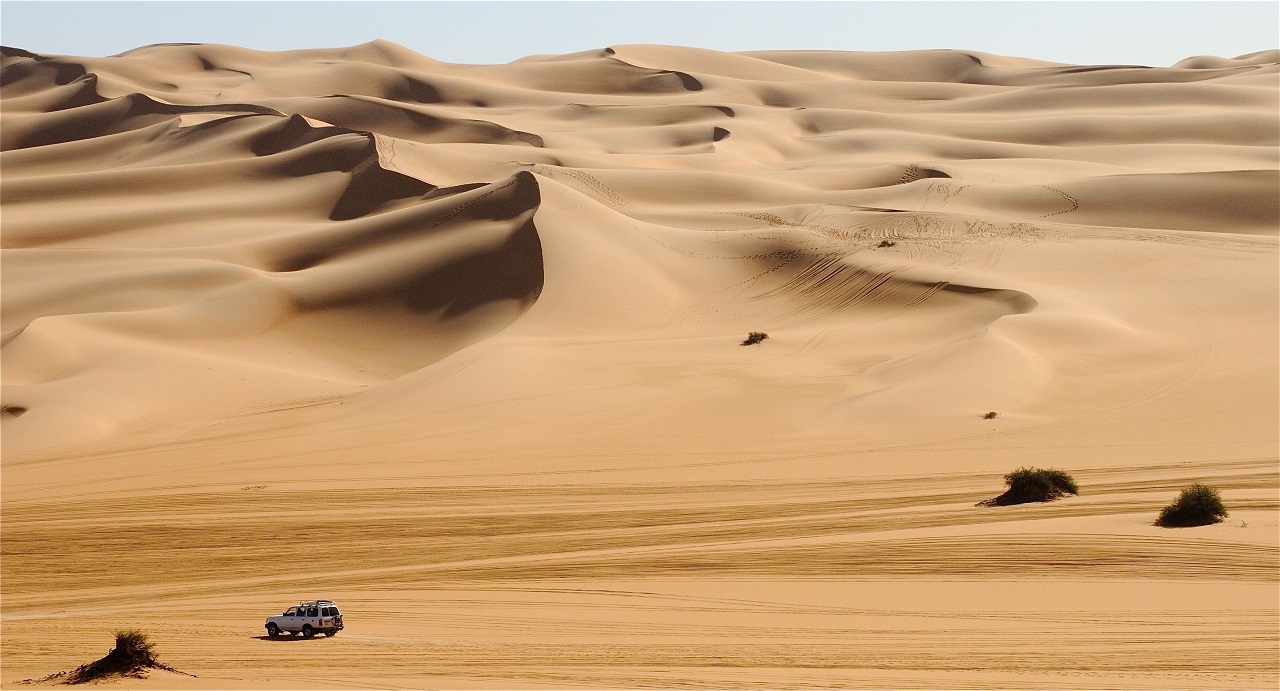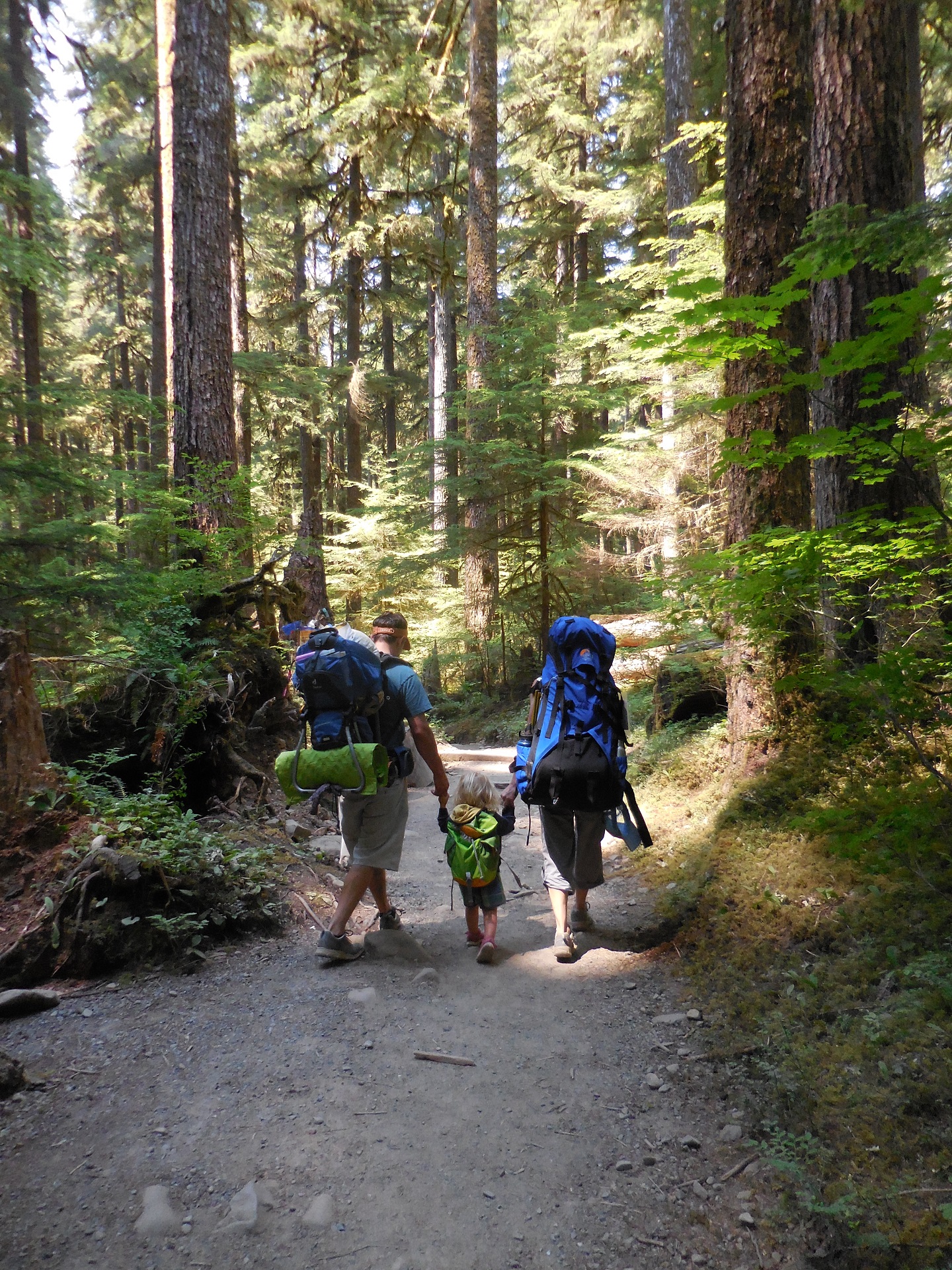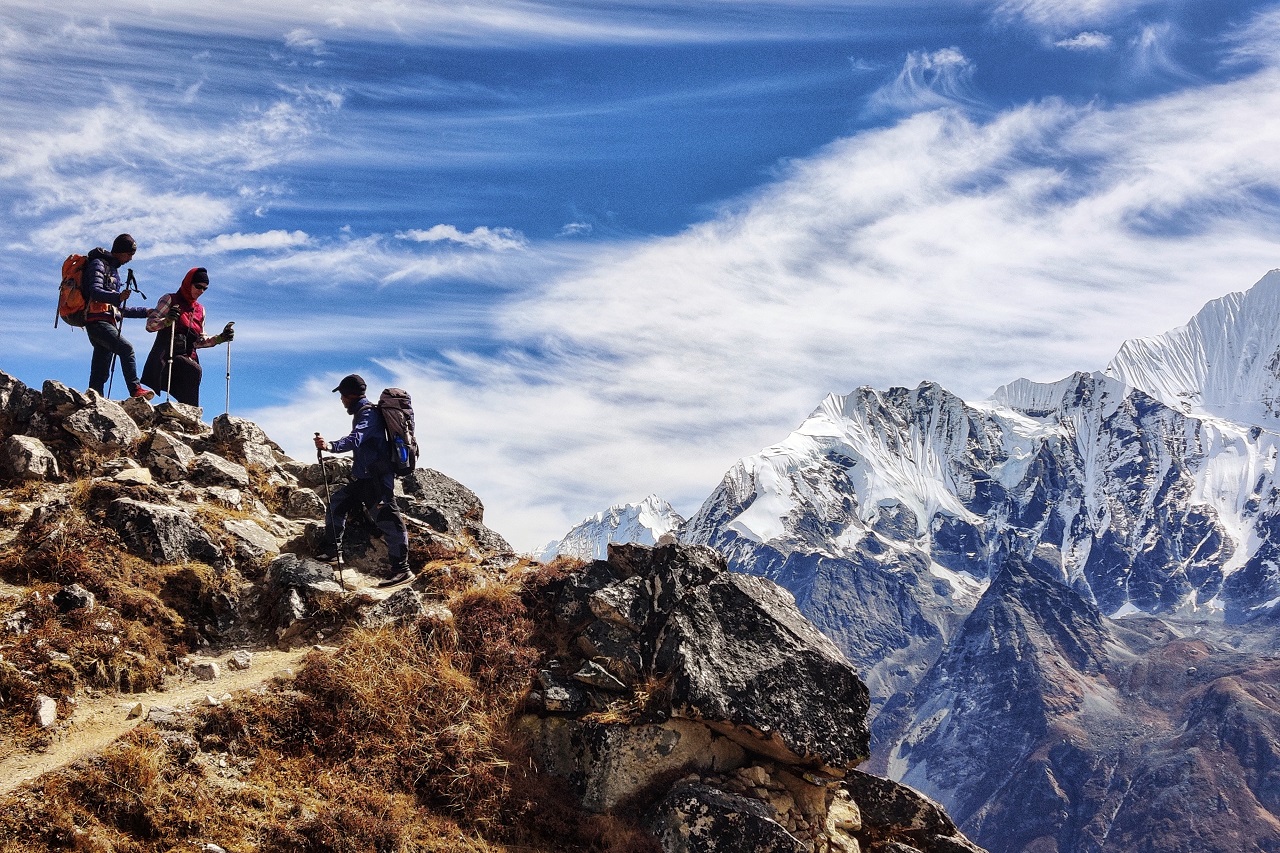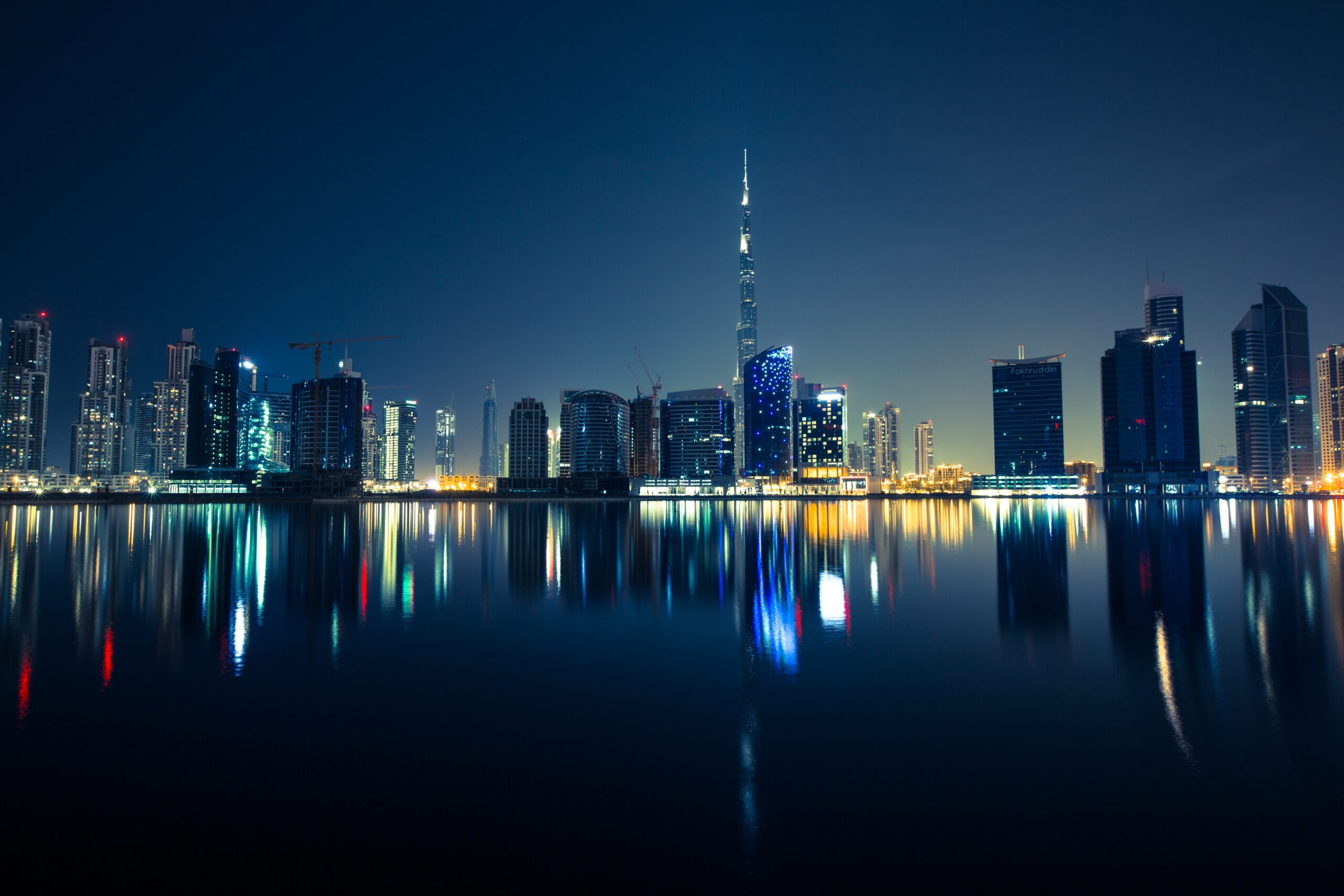Deserts, with their vast stretches of sand, beckoning horizons, and unique ecosystems, present a different kind of allure. Unlike forested trails or mountainous terrains, deserts challenge adventurers with their expansive landscapes. To many, they symbolize solitude, resilience, and the unyielding beauty of nature. But as any experienced trekker knows, every desert has its own story to tell.
The first stop on our global desert trekking tour is the Sahara. Spanning across ten countries, this iconic desert isn’t just about endless sand dunes. Start at Algeria’s Ahaggar National Park. Here, amidst the “digital hikers” circuit, you’ll encounter volcanic landscapes contrasting with golden sands. Rare Saharan cheetahs, gazelles, and a plethora of bird species also call this park home.
Continuing the journey, we land in North America’s Mojave Desert. The Joshua Tree National Park here offers more than just its namesake tree. Hikers often marvel at the peculiarly shaped rocks and diverse flora and fauna. The Mojave’s rugged terrain adds a layer of challenge, but it rewards with views of stunning rock formations and springtime wildflower blooms.
Transitioning from North America, the Atacama Desert in Chile awaits. Touted as the driest desert in the world, Atacama boasts unique landscapes. Salt flats, hot springs, and geysers dot its terrains. The Valle de la Luna, or Valley of the Moon, is a must-visit. Its eerie, moon-like surface, sculpted by centuries of wind and floods, offers trails for every level of hiker. And at night? The clear, unpolluted skies make for a stargazer’s paradise.
However, no desert trekking discussion can be complete without mentioning Australia’s Simpson Desert. The striking red sand dunes, some rising up to 40 meters high, are a sight to behold. This desert also throws in a unique challenge: parallel dunes running north and south mean hikers often find themselves navigating this repetitive yet captivating pattern.
But deserts aren’t just about the sandy expanses. They’re alive with flora and fauna, uniquely adapted to survive in these harsh conditions. The cacti of Arizona’s Sonoran Desert, the wild camels of the Gobi, or the unique Welwitschia plant of the Namib – these living wonders tell tales of adaptation, survival, and evolution.
As we journey through these deserts, a few hiking essentials come to mind. Desert trekking requires preparation. Adequate hydration is paramount. It’s advisable to carry water purification tablets or portable filters. Sun protection, including hats, sunglasses, and high-SPF sunblock, is a must. Lastly, owing to rapid temperature shifts, layering your clothing is key.
To conclude this segment of our desert exploration, it’s evident that these arid landscapes, while challenging, offer a unique trekking experience. Every grain of sand, every gust of wind, and every ripple on a dune tells a story of time, persistence, and the indomitable spirit of nature.
Stay tuned as we delve deeper into specific trails, indigenous cultures, and the mystique that makes deserts such enchanting destinations for the intrepid traveler.
Navigating further into the vastness of our world’s deserts, our desert trekking adventures lead us to the Middle East’s Rub’ al Khali, or the Empty Quarter. It’s the largest continuous sand desert in the world. Enveloped in golden dunes and a history as vast as its area, this desert has captured the imaginations of explorers for centuries. While its hostile environment can be intimidating, equipped with the right gear and mindset, this desert offers an unrivaled, authentic desert experience.
Shifting continents, the Kalahari Desert in Southern Africa beckons next. Contrary to popular belief, the Kalahari isn’t completely arid. This semi-desert, with its grassy terrains and intermittent patches of red sands, houses a diverse range of fauna. Meerkats, black-maned lions, and the vibrant lilac-breasted roller bird are just a few of the many species you might encounter on your hike. The ancient San Bushmen, inhabitants of this region, have also perfected the art of desert survival. Interacting with them provides invaluable insights into co-existing harmoniously with nature.
Yet, desert trekking isn’t merely a visual experience; it’s an immersion of all senses. For instance, the scent of rain on parched desert land, known as petrichor, is incredibly invigorating. Then, there’s the serene silence of the desert night, occasionally broken by the distant calls of nocturnal animals. This multi-sensory involvement makes every desert hike an experience to cherish.
However, to ensure these memories are solely pleasant, safety during desert trekking cannot be emphasized enough. Every desert has its set of challenges, be it venomous creatures, treacherous terrains, or sudden sandstorms. Always acquaint yourself with the region’s potential risks. Traveling with a local guide isn’t just about navigation; their knowledge about desert secrets and hazards can be lifesaving.
Furthermore, technology has made significant strides in making desert treks safer and more enjoyable. GPS devices ensure you stay on course, while emergency beacon devices can be indispensable, especially if trekking in more remote regions. Consider downloading apps that provide information about local flora and fauna, enhancing your desert exploration.
Another crucial aspect of desert trekking is understanding and respecting local cultures. In many regions, deserts are sacred grounds. Some areas might be off-limits due to cultural or religious reasons. Being mindful of local customs, dressing appropriately, and seeking permissions when necessary are fundamental to being a responsible trekker.
Environmental responsibility is equally paramount. Deserts, despite their rugged appearance, are fragile ecosystems. Avoid leaving behind waste. If camping, ensure you leave no trace. The principle is simple: take only memories, leave only footprints.
Lastly, while the allure of undertaking solo expeditions might sound tempting, especially in the age of solo travel, deserts are regions where there’s safety in numbers. Even experienced trekkers recommend traveling in groups, if not for the camaraderie, then for the shared pool of resources and collective wisdom.
As our trek across the globe’s most captivating deserts continues, it’s evident that each desert, with its unique character, has myriad tales to unveil. It’s not just about the physical journey, but also the tales of time, civilizations, and nature’s unparalleled wonders that make desert trekking an unparalleled adventure.
Venturing northward, our desert trekking journey introduces us to the stark, rugged beauty of the Gobi Desert in Mongolia and China. Contrasting the golden dunes we often associate with deserts, the Gobi offers rocky outcrops, icy canyons, and even dinosaur fossils. Yes, you read that right. The Flaming Cliffs of the Gobi are renowned for some of the most significant paleontological discoveries ever made. As you tread these lands, there’s a palpable sense of walking through ancient history.
A stone’s throw away lies the Thar Desert, or the Great Indian Desert. Spanning India and Pakistan, this desert offers an amalgamation of rich cultures, historical forts, and traditional music that echoes through the winds. Desert trekking here isn’t just a journey through sandy terrains but a dive into vibrant cultures. The annual Desert Festival in Jaisalmer, India, with its folk performances and camel races, provides a colorful backdrop for trekkers seeking a cultural immersion.
The Atacama Desert in Chile, often deemed the driest desert globally, offers an otherworldly experience. Its unique topography, resembling Martian landscapes, has made it a favorite spot for space agencies’ simulations. But the true magic unveils at night. As darkness blankets the Atacama, the desert sky comes alive with countless stars, galaxies, and the ethereal glow of the Milky Way. For stargazers, desert trekking in the Atacama is nothing short of a celestial dream.
Now, no discussion on deserts would be complete without mentioning the surreal landscapes of Arizona’s Monument Valley in the USA. While not a desert in the traditional sense, this red-sand landscape, punctuated by towering sandstone buttes, has become emblematic of the American West. Guided treks led by the Navajo, the indigenous people of the region, provide deeper insights into the spiritual significance of these lands.
While deserts might seem unyielding at first, with their extreme temperatures and vast expanses, they are teeming with life. From the resilient cacti of the Sonoran Desert to the rare desert elephants of Namibia, these arid lands tell tales of adaptation and survival. It’s a lesson for every trekker on resilience, endurance, and finding beauty in adversity.
Before concluding, a word on hydration during desert trekking: always carry more water than you think you’ll need. The dry desert air can lead to faster dehydration, often catching trekkers off guard. And while it might be a novel experience to taste water from an oasis, always ensure its potability before consumption.
In wrapping up our global desert trekking sojourn, it becomes evident that deserts, in all their silent majesty, are loudspeakers of nature’s grand narratives. They teach patience, resilience, and the art of finding oases even in life’s barren stretches. So, the next time you feel the call of the wild, don’t just venture into the mountains or forests; give the deserts a chance. You might just discover stories written in the sands of time, waiting to be read by a traveler like you.
Conclusion The world’s deserts, with their vast landscapes and hidden tales, offer trekkers an experience unlike any other. Beyond the challenges they present, lie stories of resilience, ancient histories, and nature’s stunning artistry. So, strap on those boots, pack that hat, and embark on a desert trekking adventure. Discover the beauty that lies in the silence of the dunes and the tales whispered by the desert winds.





